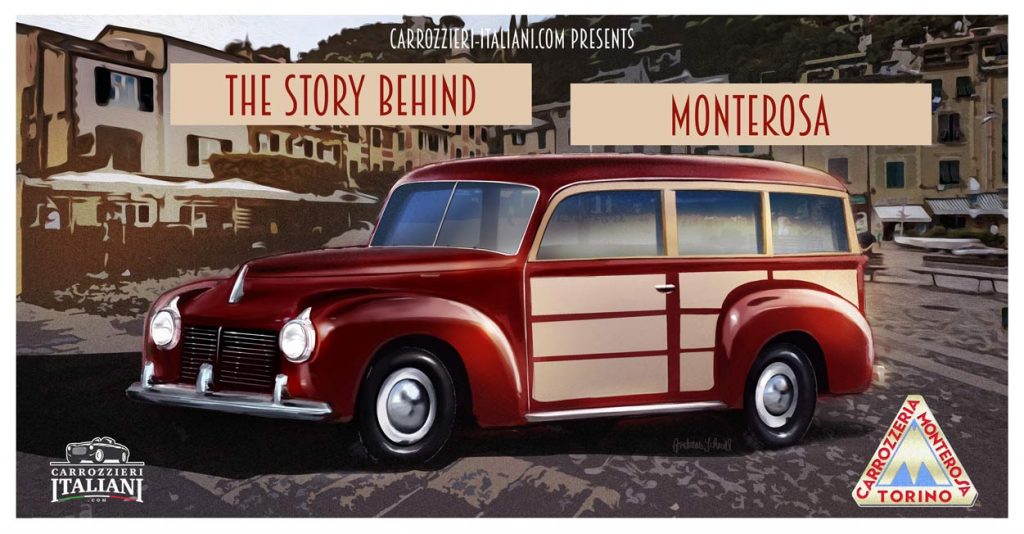
The early years
In 1946, Giorgio Sargiotto founded Carrozzeria Monterosa in collaboration with Edgardo Barbero, who assumed the role of CEO. According to records from the Turin Chamber of Commerce, the limited liability company Carrozzeria Monterosa was officially established on January 11, 1946, with its headquarters located at 12 Sant’Agostino Street in Turin. The company was formally registered on February 22, 1946, under entry number 188467 in the commercial register, with a stated corporate purpose of repairing and manufacturing automobile bodies.
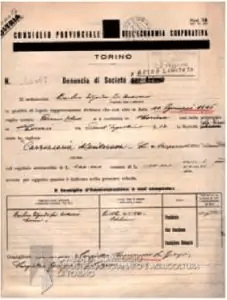
The company’s initial capital of 400,000 lire was equally contributed by three key figures: Edgardo Barbero, who was appointed President, Tommaso Sargiotto, who took on the role of administrator, and Sergio Sargiotto, also an administrator. Among them, only Giorgio Sargiotto possessed expertise in coachbuilding.
Born in Turin on March 6, 1915, Giorgio Sargiotto honed his craft at Bertone, where he advanced through the ranks. By July 27, 1942, he had been promoted to the First Technical Category as Deputy Chief Officer of the Ferradori Department. On November 19, 1943, he reached the pinnacle of his career at Bertone, assuming the position of Chief Officer.
His cousin, Tommaso Sargiotto, trained at Anelli & Bosio and became a skilled mechanic. Meanwhile, Edgardo Barbero, born in Biella on August 4, 1900, had no direct background in automobile manufacturing but brought valuable business acumen to the venture.
Edgardo Barbero: the unbridled
Archival records reveal that Edgardo Barbero led a diverse and unconventional career before his involvement with Carrozzeria Monterosa. He began as a merchant, later served as an officer in the Sharpshooters, worked as a business traveler, and, from 1939, was employed by the Radio Brevetti Ducati Scientific Society.
Barbero’s financial history included a bankruptcy ruling on August 27, 1930, by the Court of Biella. However, due to an amnesty, the proceedings did not advance. He was also known to the police, who noted in a report that his membership in the National Fascist Party was suspended on February 3, 1931, for unspecified reasons, likely linked to his lifestyle. The report described his years in Biella as unstable, often straddling the boundaries of legality, and mentioned his association with a woman of ill repute. It also characterized him as one of Biella’s earliest squadristi, a fearless figure who never shied away from danger and inspired others with his bold actions.
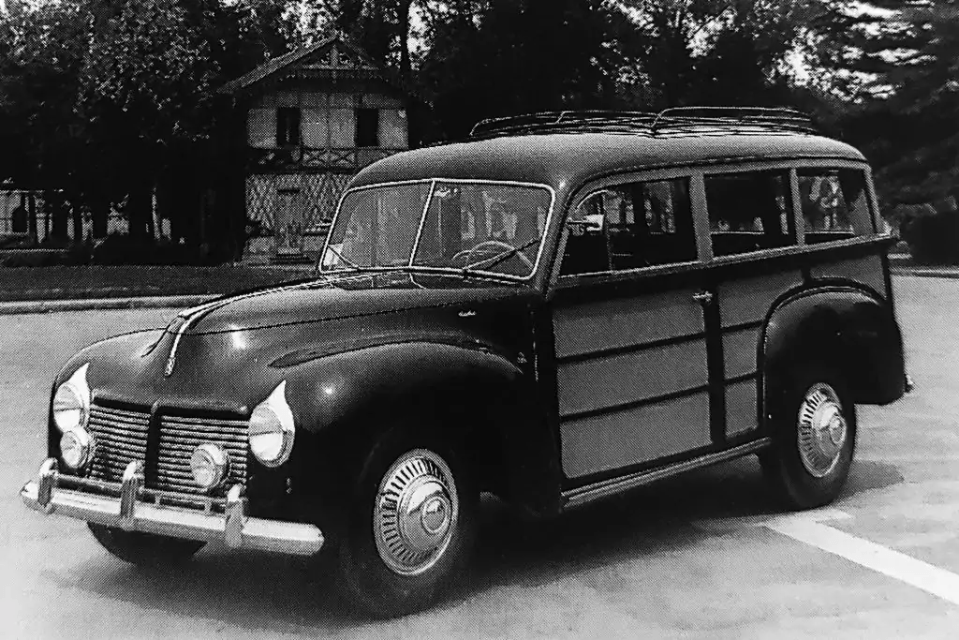
After the war, Barbero reinvented himself, directing his relentless energy toward Carrozzeria Monterosa. The company specialized in station wagon production, achieving immediate success. In the post-war reconstruction era, demand for versatile work vehicles was high, and Monterosa’s well-crafted station wagons elegantly transitioned from commercial use to leisure, making them a preferred choice for both business and recreation.
Faux wood
Initially Monterosa mainly deals with the construction of Giardinera’s (stationwagons) on Fiat 1100 and Lancia Aprilia, a kind of product that is in great demand in the immediate post-war period; production occasionally also spans from ambulances to hearses and advertising vehicles, subsequently extending to the new Fiat 1400 and Lancia Aurelia. In painting and surface treatment the stationwagons imitated the wooden material, but contrary to Viotti‘s way of building the Giardinetta’s (which made use of real wood due to steel shortage during the post-war period. Read the article about it), Monterosa used metal with all the advantages that this entailed. The rapid growth of consensus suggested moving to a larger site in Moncalieri.
Monterosa initially focused on producing Giardiniera (station wagons) based on the Fiat 1100 and Lancia Aprilia, a vehicle type in high demand during the immediate post-war years. Over time, the company expanded its production to include ambulances, hearses, and advertising vehicles, later incorporating models built on the new Fiat 1400 and Lancia Aurelia platforms.
In terms of finishing and surface treatment, Monterosa’s station wagons imitated the look of wooden construction. However, unlike Viotti; who used real wood due to steel shortages in the post-war period; Monterosa opted for metal, capitalizing on its structural and maintenance advantages. Carrozzeria Fissore adopted a similar approach, initially designing an all-metal prototype based on the Fiat 1100 L chassis, with only the doors featuring wooden paneling in line with American styling trends. However, the final production model retained a wooden framework covered entirely in sheet metal.
Monterosa’s innovations debuted at the 31st Turin Auto Show in September 1948, the first post-war edition of the event. The show featured several coachbuilders presenting station wagons, with Fissore and Monterosa standing out for their pioneering all-metal designs. The industry publication L’Auto Italiana praised Fissore’s approach, highlighting its shift away from decorative wooden paneling in favor of full paintwork, a choice that resonated well with journalists and the public. The growing success and demand for Monterosa’s vehicles soon led to discussions about relocating to a larger facility in Moncalieri.
Monterosa primarily favored chassis based on the Fiat 1100 and 1400 for its station wagons, though models were also built on Lancia and Alfa Romeo platforms. In 1954, the company introduced a Fiat 1100/103 Coupé designed by Giovanni Michelotti, which garnered notable success. This momentum grew even further in 1955, as Italy’s enthusiasm for the Fiat 600 enabled Monterosa to launch three distinct versions based on its standard chassis.
Each version featured a signature two-tone paint scheme with chrome accents. The base model included a contrasting color applied exclusively to the roof, along with decorative elements such as a faux grille, distinctive wheel covers, chrome trim on the rain channels, bumper guards, bonnet locks, and side moldings. The second trim level introduced additional refinements, including roll-down windows, custom upholstery, two-tone interior paint, and a storage compartment beneath the dashboard.
The most premium variant offered an even more distinctive aesthetic, featuring pronounced fins on the rear fenders, a revised turn signal arrangement, and an increased number of decorative embellishments. These thoughtful design touches, combined with Monterosa’s commitment to craftsmanship, contributed to the company’s growing reputation in Italy’s evolving automotive landscape.
The prosperity
Monterosa’s customized Fiat models offered buyers a tiered selection of enhancements. The first optional upgrade was priced at 60,000 lire, with each subsequent level maintaining the same additional cost. While these figures may not seem substantial, the steady demand for these modifications brought significant financial prosperity to the company.
By 1956, this success enabled Monterosa to introduce a berlinetta and a coupé based on the Fiat 600, both designed by Giovanni Michelotti. The two models shared an identical lower body design, but the berlinetta featured a distinct roofline, incorporating an additional rear window for a more refined and spacious aesthetic. These stylish and well-executed designs reinforced Monterosa’s reputation for innovation in the burgeoning Italian automotive market.
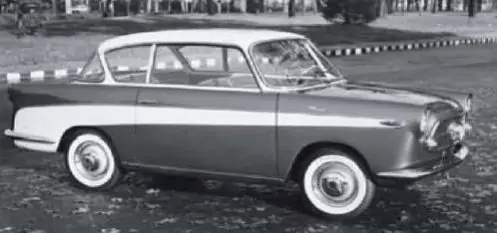
Initially, both the berlinetta and coupé featured a panoramic rear window. However, to streamline production and reduce costs, Monterosa later opted for a conventional rear window on the berlinetta.
In 1958, continuing its collaboration with Giovanni Michelotti, Monterosa introduced an updated custom-built Fiat 600, unveiling a more spacious and luminous 2+2 Coupè. The company also refreshed its Fiat 1100-based models, adding a 2+2 coupé and a Giardiniera, both of which were also available with a Fiat 1200 engine.
At the beginning of 1959, responding to Lancia’s interest, Monterosa developed a stylistic reinterpretation of the Appia II Series. Lancia closely evaluated Monterosa’s design, and when the Appia III Series was later developed, several styling cues were directly inspired by Monterosa’s proposal.
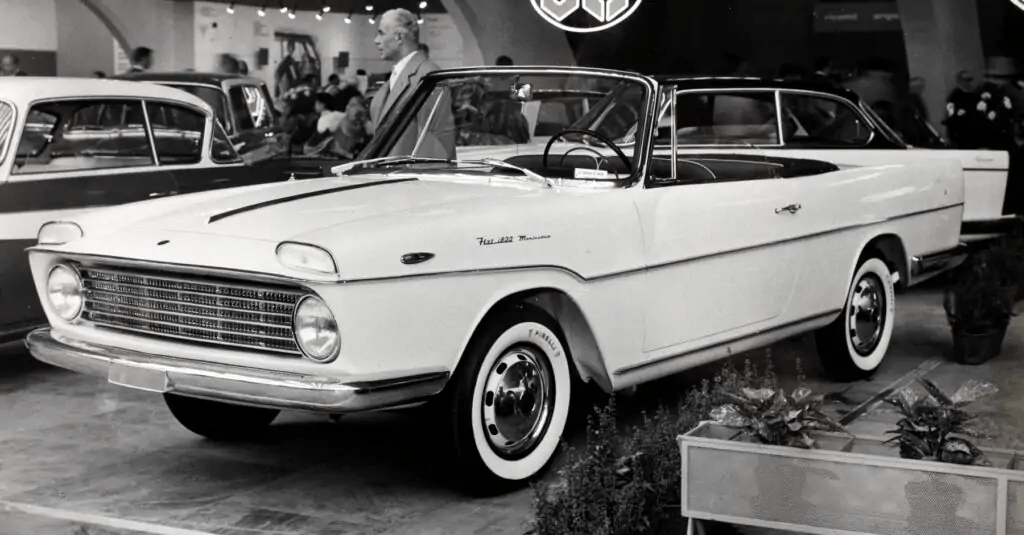
That autumn, Carrozzeria Monterosa introduced a coupé based on the Fiat 1500 S, powered by an OSCA engine and once again designed by Michelotti. Additionally, the company presented an exclusive and distinctive model—the 1800/2100 cabriolet. However, this elegant open-top vehicle remained a one-off, adding to its uniqueness in Monterosa’s history.
The decline
In 1960, Monterosa introduced minor refinements to the 1500 S, such as bolt-free bumpers, and crafted its own unique interpretation of the Maserati 5000 GT as a one-off model. However, despite the steady business of custom-built bodies—particularly for the Fiat 600—the growing crisis in the coachbuilding sector proved insurmountable. By 1961, Carrozzeria Monterosa was forced to cease its operations.
Although the company remained legally active until 1974, its focus shifted to real estate management, leasing its former facilities to other businesses. As for Giorgio Sargiotto, he relocated to Japan for a few years before attempting a fresh start in Italy with a new venture, Carrozzeria Sargiotto. Unfortunately, success eluded him, but that is a story for another time…
Sources:
01. “Asse Torino-Tokyo” by Elvio Deganello – EpocAuto N.9
02. L’Enciclopedia dei Carrozzieri Italiani by Alessandro Sannia


